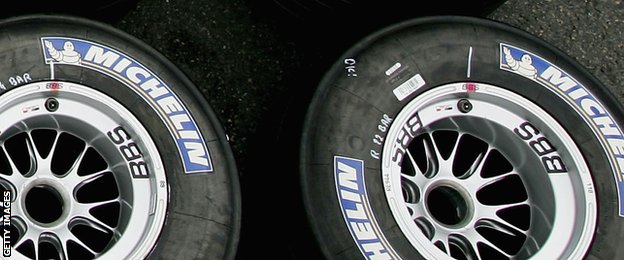Tires November 15, 2019
Shopping for new tires too soon? Maybe you expected them to last another year or two, but the tire tread is already worn down and you need to replace them now. You could go buy new tires, but, first, check to see if your tires are still covered under the tire manufacturer’s warranty.
Unlike most consumer products that offer a 3-, 6-, or 12-month warranty, tire warranties cover tires for multiple years, typically until your tires reach a certain mileage or tread depth. They cover things like tread life, workmanship, materials, and uniformity.
Keep scrolling to learn more about the types of manufacturer warranties offered and to find out if your tires are under warranty.
Types of Tire Warranties Mileage Warranty / Tread Life WarrantyA tread life or mileage warranty is the most well-known type of tire warranty. If your tires come with this type of warranty, the manufacturer will replace the tires at a prorated* value if the tire tread wears out before it’s supposed to.
It sounds like a great deal, but make sure to check the restrictions and exclusions for the offer. Typically, a mileage warranty only applies to the tires’ original owner and vehicle. Also, it is only valid if the claim is within a set time period (usually 6 years) and the owner followed manufacturer guidelines for tire rotations, wheel alignments, tire inflation and other maintenance services.
Most importantly, tread life warranties only allow you to claim a refund if the tire has 2/32” or less of tread left. This is less than the recommended tire tread depth and will fail a Virginia State Safety Inspection. You might be able to get a little money back by driving your tires until that point, but we think the safety risks outweigh any potential benefits.
*A tread life warranty does not give you cash back. The prorated amount is good for a credit off the standard retail price of a comparable tire from the same manufacturer.
Workmanship & Materials WarrantyA Workmanship and Materials Warranty protects buyers from issues or defects within the manufacturer’s control. This includes issues like irregular wear, tread separation or broken belts within the tire. If you submit a claim within 12 months of purchase and the tire has more than 75% of its original tread, they will usually replace it free of charge. Beyond that, you are compensated based on the prorated life of the tire.
This includes issues like irregular wear, tread separation or broken belts within the tire. If you submit a claim within 12 months of purchase and the tire has more than 75% of its original tread, they will usually replace it free of charge. Beyond that, you are compensated based on the prorated life of the tire.
The tire industry maintains tight quality control, but occasionally a tire will be out-of-round and cause a ride disturbance. Tire manufacturer warranties account for this possibility and will replace a defective tire. However, if the manufacturer deems that a defect is related to improper maintenance, vandalism, road hazards or an accident, the claim will be denied.
Because of their high level of quality control, manufacturers tend to believe that issues cannot exist on more than one tire, so they usually only grant coverage for a single tire. Also, make sure to submit your claim early. Most problems caused by these defects show up early in a tire’s life, so manufacturers assume that it should be identified and corrected early (within 1/32” to 2/32” of treadwear loss or six to twelve months of service).
Many manufacturers now offer a 30-, 45- or 60-day satisfaction guarantee. This guarantee allows customers to “test drive” their new tires. If unsatisfied, the customer can exchange the tires for a different set (of the same tire brand) within the set time frame. The guarantee becomes void if the tires are damaged by a road hazard, misused, or used in any racing-related activity.
At Virginia Tire & Auto, we go beyond what most tire manufacturers offer with our 60-Day Ride Guarantee. No matter the tire brand, if you don’t like the tires you bought from us, bring them back within 60 days and we’ll exchange them for a different set.
Manufacturer Road Hazard WarrantyA few tire brands offer a limited road hazard warranty that covers irreparable damage caused by potholes, nails, glass and other hazards. This type of limited warranty typically covers tires for one year or the first 2/32” of tread life, whichever comes first.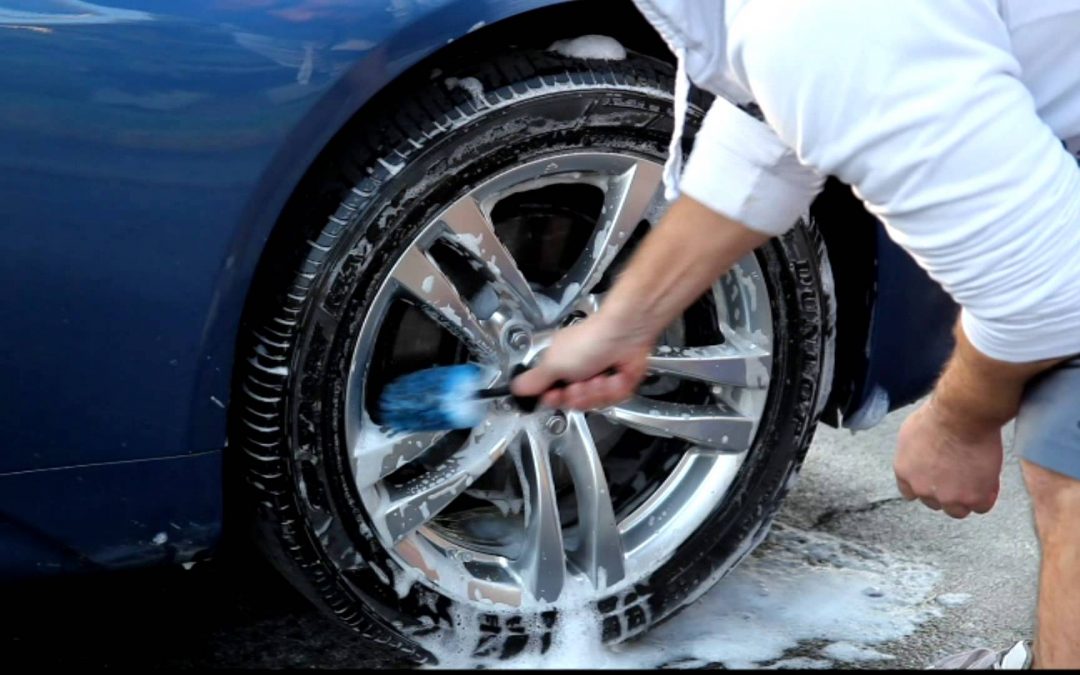
If your tires come with a manufacturer road hazard warranty, make sure you know what is covered and what is not. You may want to consider purchasing an additional road hazard warranty/tire protection policy from your tire retailer for extra protection.
Tire Protection PlanWant more coverage? Consider adding our Tire Protection Plan (TPP) to your next tire purchase. Available on all tire purchases at Virginia Tire & Auto, our TPP provides free flat tire repairs for the usable life of the tire and tire replacement coverage for three years.
Read: Tire Protection Plan: Is It Worth It?
Claiming Your Tire WarrantyHere are some basic guidelines to follow to make sure you are able to claim your tire warranty:

At Virginia Tire & Auto, we make it easy to keep up with tire maintenance. That’s because every new tire purchase comes with tires&, our easy installation and worry-free driving tire bundle. It includes benefits like nitrogen inflation, Roadside Assistance, and lifetime tire rotations and wheel balances. It’s one more way we’re taking the stress out of car care! Check out our VTA Tire Collection or stop by one of our convenient locations to find the perfect tires for your vehicle.
Automotive>Tires & Brakes
March 16, 2017
A low price doesn’t always mean the tire you’re considering is a good value. Its advertised tread life and the warranty that backs it up are just as important. Should your tire fail, a good warranty can protect you from having to shell out full price for a replacement tire. But qualifying for that replacement tire isn’t always black and white. So, it’s best to study the warranty’s terms carefully.
Its advertised tread life and the warranty that backs it up are just as important. Should your tire fail, a good warranty can protect you from having to shell out full price for a replacement tire. But qualifying for that replacement tire isn’t always black and white. So, it’s best to study the warranty’s terms carefully.
It’s a crowded playing field in tire warranty land. Here’s a rundown of what’s available:
Protects you against prematurely reaching the tiremaker’s tread-life rating, generally set between 40,000–100,000 miles. Virtually every tiremaker offers some type of prorated tread-life warranty.
Protects you against flat tires from pot holes, debris, nails, glass and other hazards. Closer to an insurance policy than a warranty. Usually an add-on from the tire dealer that you can purchase.
Protects you against any defects in the manufacturing or materials used in the tire. Issued by the manufacturer of the tire, usually for the life of the tire.
More a money-back satisfaction guarantee than a warranty. Issued by the tire manufacturer for a limited period of time, usually up to 30 days after purchase.
Protects you from excessive vibration or ride disturbance caused by the tire if you notify the tiremaker within the first 2/32nds of an inch (approximately 6,000 miles) of tire tread.1
Most tread-life warranties will not replace a prematurely worn out tire at no cost. Instead, they offer a prorated replacement price, based on the mileage that remains. Let’s say you bought a tire with a 60,000 mile warranty and it wore out at 40,000 miles.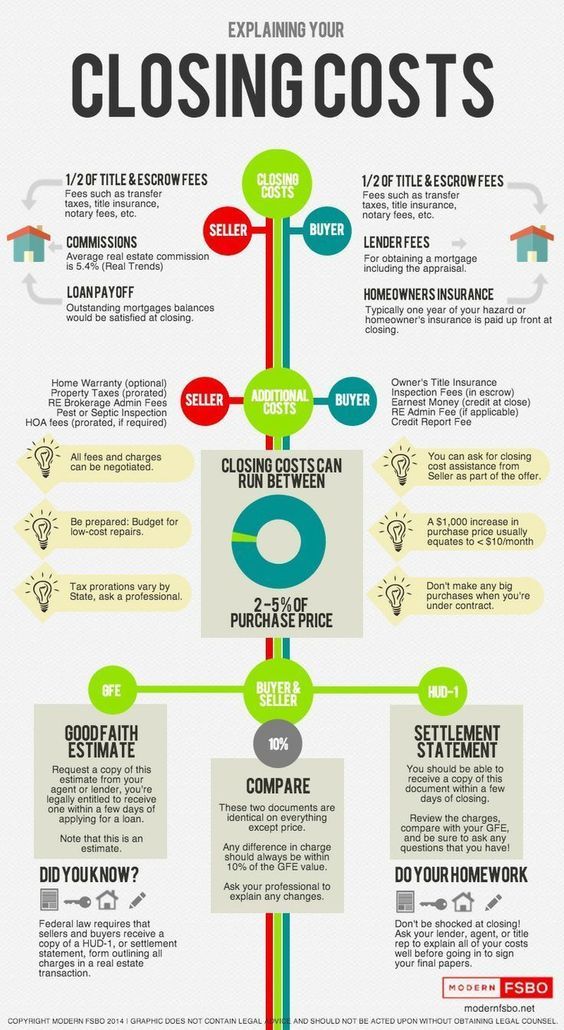 That means you used 70% of the warranty mileage (40,000 ÷ 60,000 = .70). In this case, you would receive a 30% (1.00 - .70 = .30) discount on a new replacement tire.
That means you used 70% of the warranty mileage (40,000 ÷ 60,000 = .70). In this case, you would receive a 30% (1.00 - .70 = .30) discount on a new replacement tire.
The purpose of any product warranty is to give consumers peace of mind that the manufacturer stands behind its products and promises. While tread-life warranties do that, the tire buyer is responsible for maintaining the tires in warrantable condition. In fact, poor maintenance is the biggest reason warranty claims are denied. So keep your tires inflated to the recommended tire pressure to ensure even wear. And rotate them based on the tiremaker’s recommendation, keeping a record of the service. Hold onto your original purchase receipt, too, as you’ll need to prove when the tires were purchased.2
A road hazard warranty doesn’t cover everything. Cosmetic and structural damage to tires caused by collisions with curbs or abnormal wear and tear is usually not covered. Nor are tire failures caused by accidents, theft, vandalism, misuse or negligence.3
Nor are tire failures caused by accidents, theft, vandalism, misuse or negligence.3
Unless you are willing to check your tires’ inflation pressure at least once a month and get your tires rotated every 5,000 miles, you stand a chance of voiding your warranty.
 edmunds.com/auto-warranty/understanding-tire-warranties.phtml
edmunds.com/auto-warranty/understanding-tire-warranties.phtmlDisclaimer: We include links to another website in this article for your convenience. We do not endorse any content on these sites.
All product names, logos, and brands are property of their respective owners. All company, product and service names are for identification purposes only. Use of these names, logos, and brands does not imply endorsement.
This content is subject to change without notice and offered for informational use only. You are urged to consult with your individual business, financial, legal, tax and/or other advisors with respect to any information presented. Synchrony and any of its affiliates (collectively, “Synchrony”) make no representations or warranties regarding this content and accept no liability for any loss or harm arising from the use of the information provided. Your receipt of this material constitutes your acceptance of these terms and conditions.
© 2022 Synchrony Bank.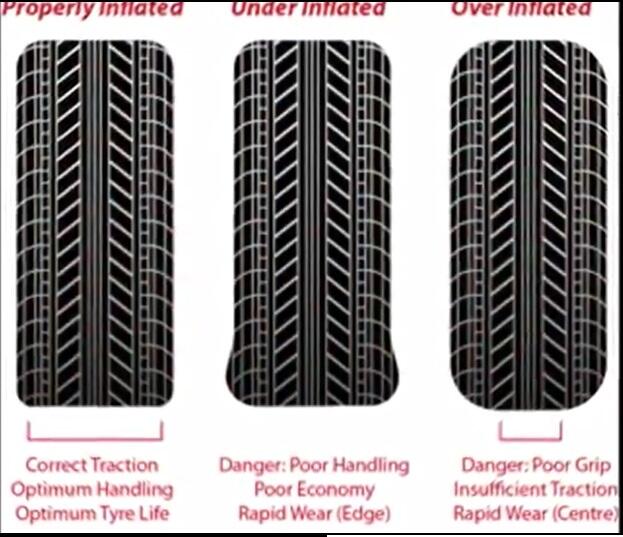
©2022 SYNCHRONY BANK
The selection of tires is carried out taking into account a number of parameters - their diameter, width, and profile height must be taken into account; in addition, the speed index and the load index are of no small importance. The manufacturer always indicates these indicators on the sidewall. What they mean will be discussed below.
The value corresponds to the maximum permissible speed at which tires of this type can be operated. Accordingly, if a motorist plans to drive at a higher speed, it makes sense to think about buying tires with a higher index value.
| Index | K | L | M | N | P | Q | R | S | T | U | H | V | VR | W | Y | ZR |
Max.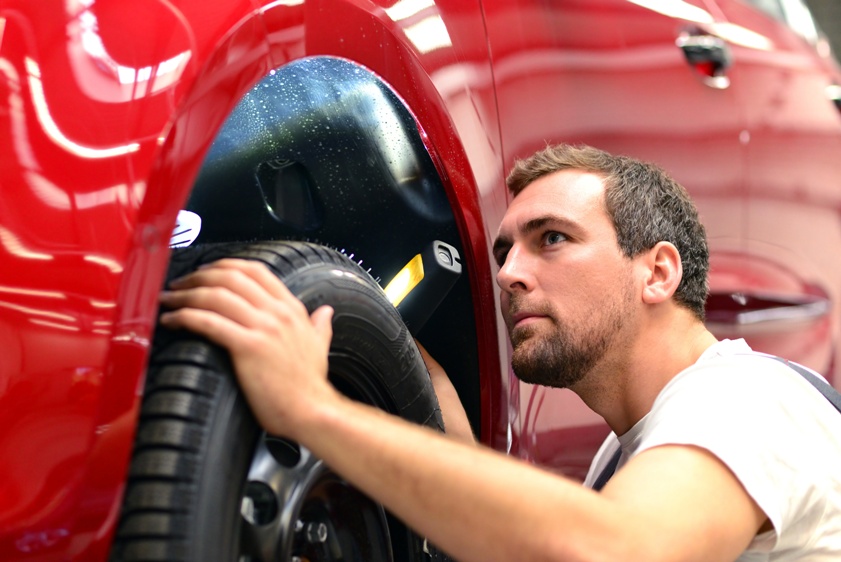 speed, km/h speed, km/h | 110 | 120 | 130 | 140 | 150 | 160 | 170 | 180 | 190 | 200 | 210 | 240 | >210 | 270 | 300 | >240 |
For example, if the tire has a mark that the speed index corresponds to the V characteristic, then this indicates that it is strongly not recommended to drive on these tires at a speed of more than 240 km / h.
An equally significant parameter, which, in contrast to the value discussed above, is indicated by a number. In the tire label, the load index factor follows the tire diameter.
For example, a value of 91 indicates that the maximum allowable load per tire cannot exceed 615 kg. Accordingly, the total load calculated on 4 wheels cannot exceed 2460 kg.
Load index table calculated from factor 1 to 279. However, with respect to passenger tires, one of the smallest indices found in tires with a diameter of 13 (for passenger cars) is 75. In those tire models with a diameter of - R20, the load factor values \u200b\u200breach up to 120.
In those tire models with a diameter of - R20, the load factor values \u200b\u200breach up to 120.
From the table below, you can Familiarize yourself with the correlation of the load index of the maximum permissible load.
| Load index | 75 | 76 | 77 | 78 | 79 | 81 | 82 | 83 | 84 | 85 | 86 | 87 | 88 | 89 | 90 | 91 |
| Max. load capacity, kg | 387 | 400 | 412 | 426 | 437 | 462 | 475 | 487 | 500 | 515 | 530 | 545 | 560 | 580 | 600 | 615 |
Of course, the given load value does not mean that if it is exceeded, the tire will immediately be torn to pieces. A short-term excess of even 20-30% is absolutely acceptable, but this should not become a habit.
A short-term excess of even 20-30% is absolutely acceptable, but this should not become a habit.
It is important to note that all load indices are given for a maximum permissible speed of 210 km / h (defined for class V tires), 240 km / h (set for class W tires) and 270 km / h (intended for tires class Y). Above the given speeds, the maximum load index must be reduced. On some types of tires (especially the ZR class), the characteristics of the operating conditions are not indicated. In this situation, it makes sense to contact the manufacturer directly and find out the maximum permissible load values.
According to European Union regulations (ECE-R54), all tires intended for use in commercial vehicles must be marked with a "Service Description" (translated as "Operating Conditions"). Information is recorded by applying a special code next to the symbol indicating the tire size. The code carries information about the "load index" calculated for single and dual wheels (as an option - 102 / 100R).
The information must be recorded on both sidewalls of the tire. The 1st digit indicates the load capacity of the tire in the case of a single installation - the 2nd corresponds to dual wheels. Additional markings are used to indicate the corresponding tire loads at other, higher speeds. Additional markings are always circled.
205 - the width of the tire profile, indicated in mm. In this case - 205 mm.
55 - the value of the height of the tire profile in%, determined from its width. In the situation under consideration - 55% of 205 mm = 112.75 mm.
Given that the tire profile is a relative value, the following point must be taken into account when selecting rubber: if instead of size 205/55 R16 if you want to install tires with the size 215/55 R16 , then not only the width of the tire will increase, but also its height! Such a situation is in most cases unacceptable (the only exception is the situation in which both sizes are given in the car's operating book).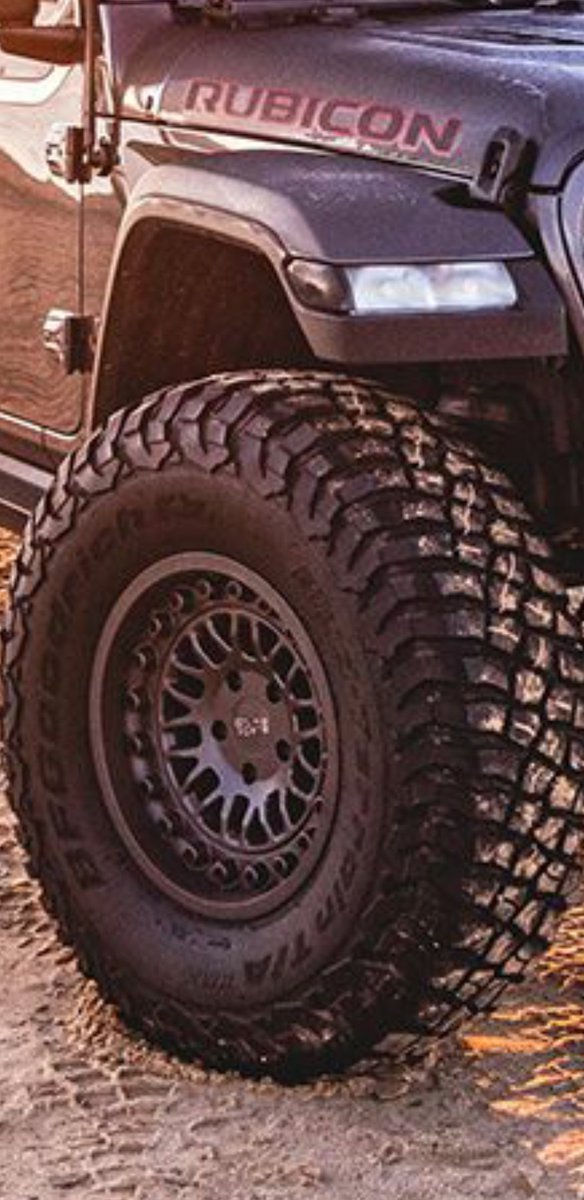
If this ratio is not given (as an option - 185 / R14С ), then this means that its value is 80-82%, and the tire is considered full profile. Reinforced tires with this marking are most often used on minibuses and light trucks - in these vehicles, the maximum allowable wheel load is of great importance.
R - characterizes the design of the tire. In the situation under consideration, the tire is radial - the design determines the location of the carcass cord threads.
To assume that the designation R indicates the radius of the tire is completely wrong. The symbol refers solely to its radial design. There is also a diagonal design (it corresponds to the letter D ), but today almost no one produces it. Reason: poor performance.
16 - the value of the diameter of the wheel (disk), indicated in inches. This diameter for the tire is internal, for the disk it is external. That is why it is called "landing".
94 - load index (it was already mentioned above).
H - tire speed index. Please note that with this parameter, the tire manufacturer guarantees the normal operation of the rubber when the car is driven non-stop at the specified speed for several hours.
XL - this characteristic indicates that this is a reinforced tire. Its load index is 3 units higher than conventional tires of the same size.
Separately, it is necessary to mention the RunFlat technology, which provides for the strengthening of the sides of the tire. As a result of damage, such a tire does not deflate and sag under the weight of the car, but allows you to drive even after a complete loss of pressure. Those. additional protection is provided. This quality is marked on tires in different ways - RSC, MOE, AOE - depending on the brand of car.
In addition to the above symbols in the form of letters and numbers, important information is indicated on the tires through colored labels.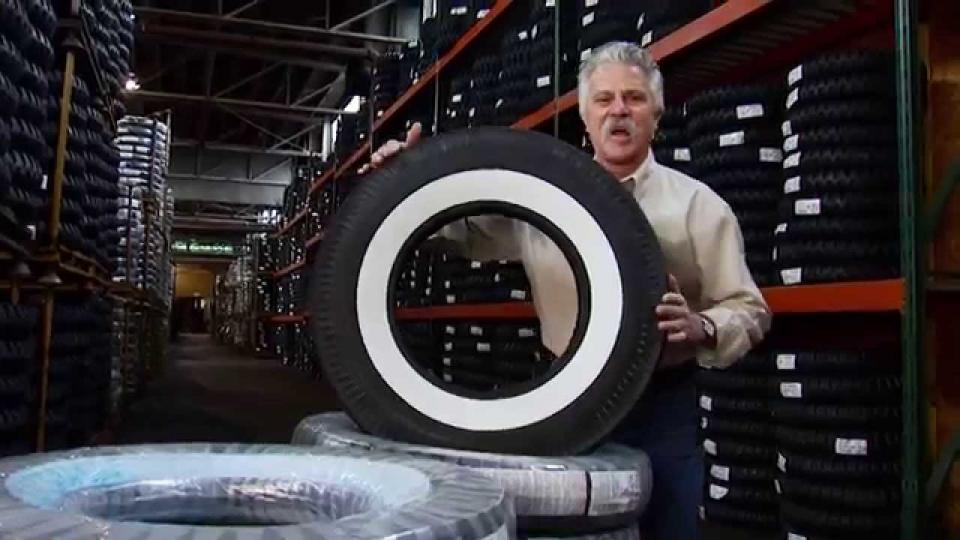 Below is an interpretation of each of them.
Below is an interpretation of each of them.
Apply in the lightest part of the tire. When installing a new tire on a rim, the yellow mark should be aligned with the heaviest part of the rim (easy to identify - it always corresponds to the nipple attachment point).
This makes it possible to optimize wheel balance and use lighter weights.
On used tires, the yellow marking is no longer relevant - tire wear leads to a shift in its balance.
It looks like a red dot on the tire and indicates the place of maximum inhomogeneity of forces. Its manifestation is most often explained by the different compounds of different layers of the tire resulting from its manufacture. The mentioned inhomogeneities are quite normal, they are present in all tires. But usually red dots are applied exclusively to those tires that are used in the original equipment of cars (applies to cars that have just been released from the factory).
The red dot on the tires is combined with the white dot on the rims (note that both marks are placed on the original car tires). The white dots on the rims indicate the closest spot to the center of the wheel. This recommendation is justified by the need to minimize the influence of the maximum inhomogeneity in the tire. So it is possible to provide a better balance of the power characteristics of the wheel. In conventional tire fitting, one should not attach great importance to the red mark - it is better to focus on the yellow mark, combining it with the nipple.
Corresponds to the individual number of the inspector conducting the final inspection of the tire at the manufacturing plant.
These designations are applied to the tire tread for easy identification of the tire in stock. For tires of all models and different sizes, these markings are different.
That is why, when tires are stored in stacks in warehouses, it is not difficult to determine the identity of the size and model of a single stack. The semantic load of color bars on the bus is unambiguous.
M + S - the designation indicates that the tires are all-weather. The designation AS is interpreted in the same way.
The snowflake design indicates that the rubber can be used in the most severe winter conditions. In its absence, the tire can only be used in the warm season and in the absence of a large amount of precipitation.
Umbrella picture - indicates rain tires.
Outside and Inside - speaks of the asymmetry of the tires. It is necessary to install with the Outside inscription outward, and the Inside inscription - inward.
RSC tires are tires that allow you to continue driving a car at a speed not exceeding 80 km / h with an absolute decrease in pressure in the tire that occurs due to a puncture or cut). The distance that can be driven is determined by the manufacturer - the value varies from 50 to 150 km.
The distance that can be driven is determined by the manufacturer - the value varies from 50 to 150 km.
Rotation - indicates that the tire is directional. When installing a tire, it is necessary to strictly observe (along the arrow) the direction of rotational movements created by the wheel.
Tubeless - tubeless tire. If this inscription is not present, then it is possible to use a tire only with a camera.
TubeType - indicates the possibility of operation with a camera only.
Max Pressure - the maximum allowable pressure level in the tire, in kPa.
MaxLoad - the maximum permissible load based on each wheel of the machine, in kg.
Steel - indicates the presence of a cord made of metal.
The letter E, circled, indicates compliance with European standards, DOT is the US quality standard.
Temperature A, B, or C is the level of heat resistance (A is best).
Traction A, B or C - the mark indicates that the tire is capable of braking on wet roads.
Treadwear - estimated mileage.
TWI - characteristics of tread wear indicators. The TWI marking can also be marked with an arrow. Pointers are distributed evenly in 8 or 6 places around the entire circumference of the tire. They indicate the lowest possible tread depth.
This characteristic is indicated in the form of 4 digits in an oval (as an option - 1 612 ). Here, the first 16 is the week of manufacture, the last 12 is the year (that is, the tire was manufactured in April 2012).
Rationalization and cost savings are currently important issues in all types of industry, including the production of electrical distribution equipment.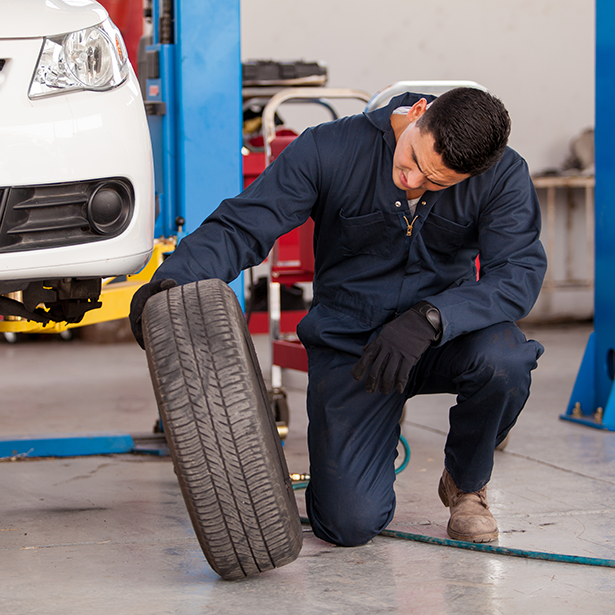 Every opportunity should be used to produce equipment at the lowest possible cost.
Every opportunity should be used to produce equipment at the lowest possible cost.
This requires safe operation, reliable devices and compliance with all necessary standards and regulations. Using Wohner busbar systems will help you meet all these requirements.
Switchgear production is constantly undergoing changes. Thus, the introduction of the 35 mm DIN rail (DIN EN 50022) for easier fixing of devices has made a real revolution. Today it is already difficult to imagine any devices and components without the possibility of such fasteners. A similar situation was with the adaptation of safety and switching technology, as well as various components for dissipating energy to buses. The advantages of this technique are fast and safe installation without drilling and punching holes in the busbars, as well as the dual use of copper bars not only as a transmitting element, but also as a fastening element, which saves space and helps to remove a large number of wires and cables.
Already in the early 80s of the last century, Wohner caught the idea of this installation and currently offers the widest range of equipment for adapter technology from 25 A to 80 A, the use of which greatly helps in the compact arrangement of numerous starter assemblies.
The 60 mm system is increasingly used by manufacturers of switchgear and busbar systems. In almost every switchgear, busbar systems of various sizes can be used. Instead of the usual method of mounting, namely, all the equipment on the circuit board, and the connections to the busbars, in which the holes are punched, are made by wires, it is now possible to use such a system, where the equipment and various components are fixed directly to the busbars. Thus, in one workflow, both mechanical fastening and electrical contact are provided at once (photo 1).
In devices with a small current value, for example up to 360 A (bus 12 × 10), it is possible to use the new 60 mm system - System compact, which, having the same as the classic system, a busbar spacing of 60 mm, takes up 20% less space in an electrical cabinet. The use of such systems is typical for mechanical engineering and distribution systems of various buildings. Also for small switchgears used in mechanical engineering, there is a wide range of control systems. Using a 30×10 mm copper bus (according to DIN 46433), the system can be used for current up to 630 A, and with profile T-shaped busbars (2-T and 3-T) up to 2500 A, observing all the necessary norms and requirements. The fastening of these tires completely coincides with the 30x10 tire.
The use of such systems is typical for mechanical engineering and distribution systems of various buildings. Also for small switchgears used in mechanical engineering, there is a wide range of control systems. Using a 30×10 mm copper bus (according to DIN 46433), the system can be used for current up to 630 A, and with profile T-shaped busbars (2-T and 3-T) up to 2500 A, observing all the necessary norms and requirements. The fastening of these tires completely coincides with the 30x10 tire.
The busbar support for flat copper busbars is designed in such a way that it can be used on both 5 mm and 10 mm thick busbars, thanks to the built-in mobile clamp (photo 2). It is also possible to mount devices such as disconnectors for NH fuses size 1-3 and the busbar protection profile directly above the busbar support, further saving space. In addition to 3- and 4-pole busbar supports, there are also 1-pole (for PE/N busbars) and 2-pole versions. The 2-pole busbar holder is designed for the use of busbars of size 12-30 × 5/10 mm (photo 3).
N and PE busbars can be connected using universal terminals. The 60 mm system offers a wide range of products: disconnectors for NH fuses size 000-3, NH fuse holders, holders and disconnectors for D0 fuses, various types of adapter technology for circuit breakers up to 630A. was given to the further development of adapter technology. With the help of Eques technology, it became possible to mount launch assemblies directly on tires (photo 4), and with the help of EquesMotorController, it became possible to quickly replace equipment while completely protecting the tire from touching. Also, adapter technology for power circuit breakers from various manufacturers, such as ABB, Moeller, Schneider Electric, Siemens, allows you to very quickly create a reliable electrical contact with the bus without additional wires.
Various components for connecting conductors make it possible to create quick contact of the busbar with wires from 1.5 mm 2 to 300 mm 2 , as well as with flat busbars without punching holes in the busbar and using cable lugs (photo 5 ).